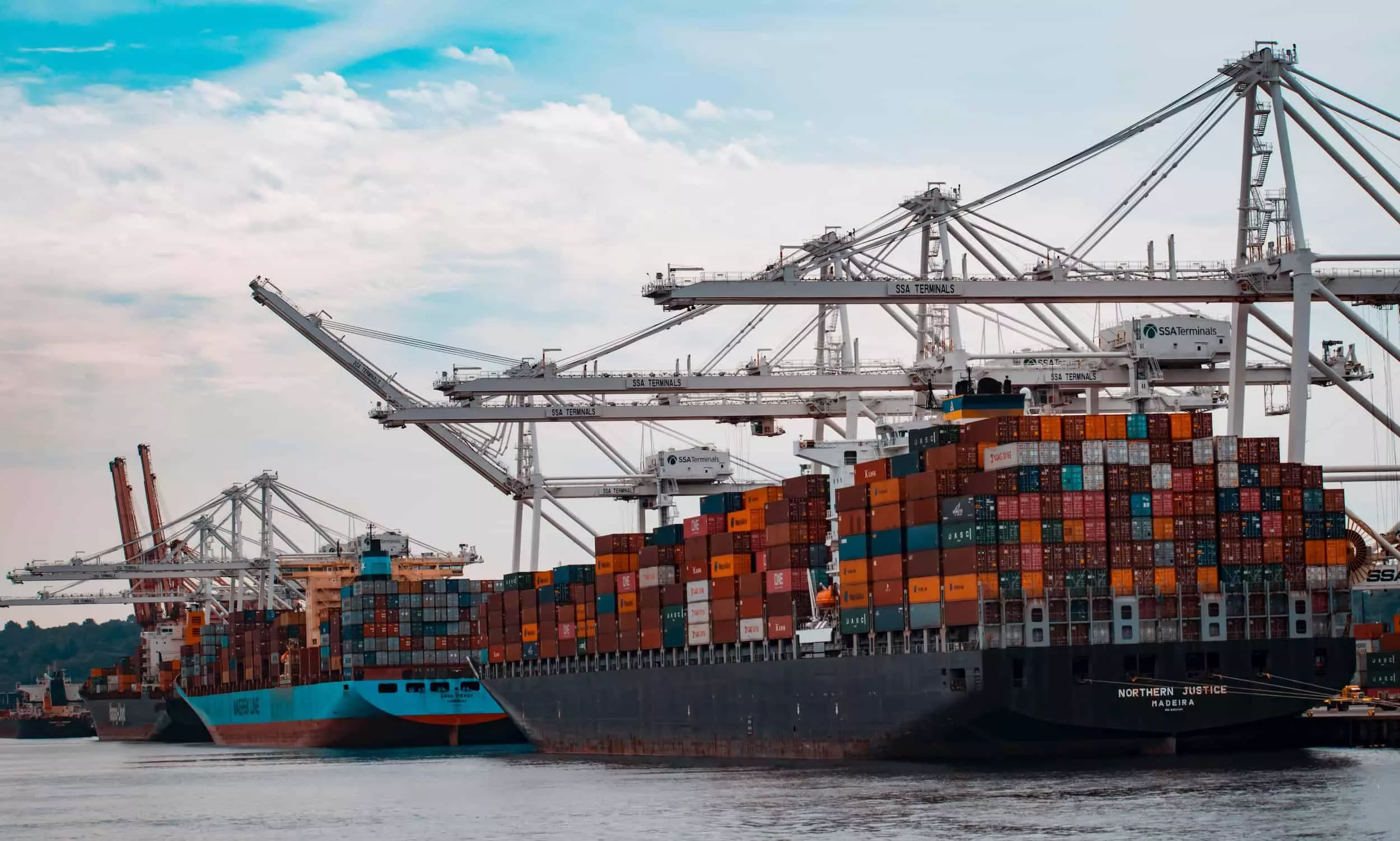XSI drops 2.6% in Oct, ocean shipping rates rally short-lived
Answer to contrasting fortunes of XSI in September and October could be found in the Far East
The Xeneta Shipping Index (XSI) declined 2.6 percent in October following a 0.2 percent rally in September, dashing hopes of a revival in long-term ocean freight shipping rates.
The Global XSI now stands at 165.3 points, according to the latest update from Xeneta.
The answer to the contrasting fortunes of XSI in September and October could be found in the Far East where we saw some unusual, and seemingly one-off, behaviours. For example, Korea to Australia and New Zealand increased two percent in September but dropped 31.1 percent in October, the update added.
"This is not usually the time of year when we see major swings in the XSI due to the relatively low number of contracts becoming active. However, this will change in the New Year when more contracts are signed, most likely at lower rates than the contracts they are replacing."
Q1 and Q2 2024 could be a very interesting time on the XSI, the update added.
Emily Stausbøll, Market Analyst, Xeneta says: “Knowledge is power when entering negotiations. So, shippers should be armed with the latest data and intelligence to understand the long-term XSI."
Far East import & exports
The index for exports out of the Far East fell by 6.2 percent in October to 152.8 points – this is a 75.1 percent drop from a year ago and the lowest the index has been since February 2022.
"The index for imports into the Far East fell to 108.8 points in October, 6.2 percent lower than September. With long-term rates just 8.8 percent higher than the start of 2017 (the base period for this index), this is the lowest any sub-indices of the XSI has been for two years."
Volumes of imports into the region recorded the highest-ever month in August, and while this will be welcomed by carriers, it has less impact on the overall market due to there being plenty of capacity on the backhaul trades, the update added.
Evergreen most green on Far East-US East Coast lane
Taiwanese carrier Evergreen, with a Carbon Emission Index (CEI) of 68 topped the chart for carriers on the fronthaul trade lanes from the Far East to the U.S. East Coast, Xeneta says in its latest rankings. Evergreen’s Q3 CEI rating outperformed the lane's average score by 9.6 index points.
Age of ships and speed of sailing both have a significant impact on CEI ratings. "While all four major carriers named above deployed older ships in Q3 when compared to the end of 2022, Evergreen is the only one which also reduced sailing speed during this time period."
Evergreen’s historic tendency for faster sailing speeds has actually helped its CEI scores because it has left greater room for improvement. "Simply being on par with the trade lane average speed is a carbon emission reduction success when you are coming down from a lofty starting position."
With an overall CEI score of 77.6 in Q3 2023, the Far East to U.S. East Coast trade fairs well in comparison to Q1 2018 when CO2 per tonne of cargo transported was 22.4 percent higher. "The increased CEI score in Q3 can be attributed to lower filling factors on this trade, which could not be offset even with slower sailing speeds."




